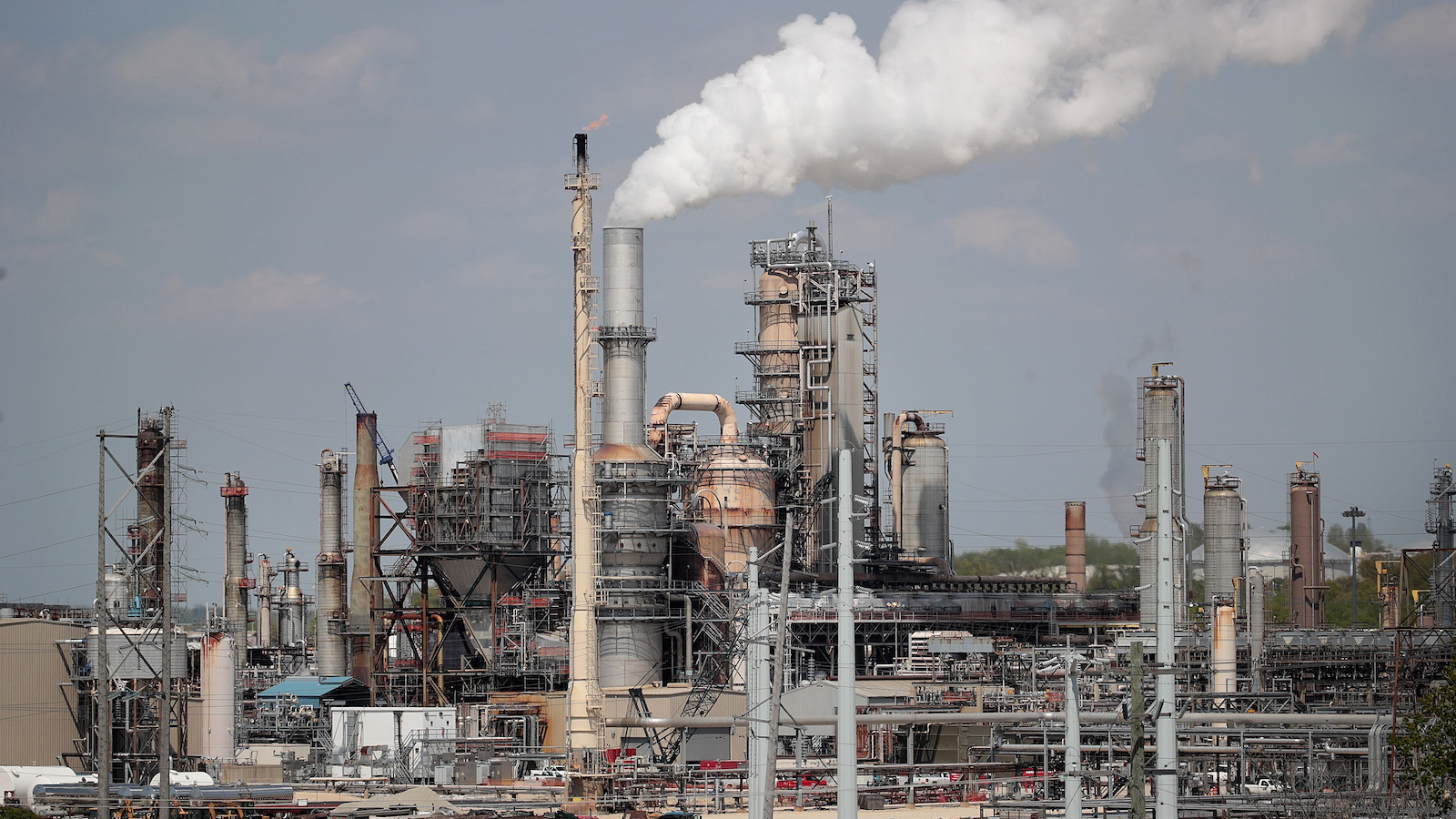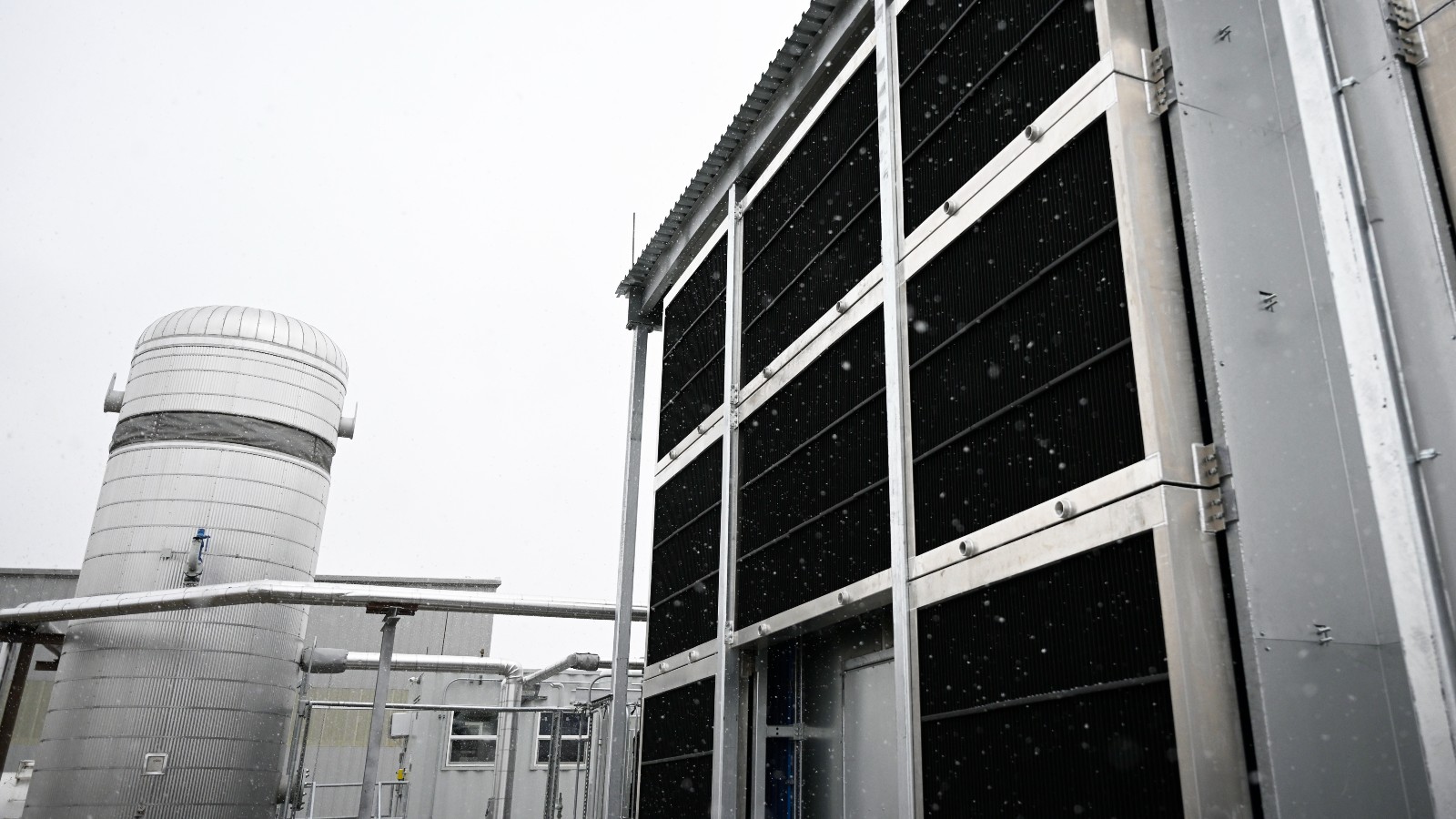The Midwest’s largest potential reservoir to store carbon is buried deep under the farmland of Illinois, and the state’s lawmakers just hit the brakes on any plans for a carbon capture and storage boom there.
A controversial technology where carbon dioxide is captured and then stored deep underground, carbon capture and storage, or CCS, is a big part of the Biden administration’s push for a greener planet. And a federal roll out of massive incentives for the nascent industry has spurred a carbon capture gold rush nationwide. In Illinois alone, three pipelines and 22 carbon sequestration wells have already been proposed. But local farmers, landowners, and environmental advocates are skeptical of the suddenly booming business and called on the state for stricter safety regulations.
That’s what happened at the end of May.
The state’s lawmakers passed the Safety CCS Act through both chambers at the tail end of the legislative session over the Memorial Day weekend. Illinois governor J.B. Pritzker, a Democrat, has yet to sign the legislation, but has signaled his intention to do so.
The package includes sweeping regulations for the state’s burgeoning carbon capture industry, including a moratorium of up to two years on pipelines transporting CO2 or until federal authorities pass new pipeline safety guidelines. It’s the first ban of its kind in the Midwest.
“It does offer some really good protections for Illinois that are needed at a time when we are not just anticipating projects — but those projects are moving forward rapidly,” said Pam Richart, the co-founder of the Coalition to Stop CO2 Pipelines, an environmental advocacy group that has been organizing across southern and central Illinois.
The sweeping package of new rules breaks down into three categories: requirements for how carbon emissions must be captured, regulations around pipeline construction, and rules for what happens once the carbon is stored underground.
The legislation establishes a “do no harm standard,” which would prevent polluting facilities from pumping more emissions to take advantage of the beefed up federal tax credits, according to Jenny Cassel, a senior attorney with Earthjustice, a public interest environmental law organization.
The new rules do so by requiring that capture facilities store more carbon pollution than they produce. At the same time, power plants and other carbon-intensive industries must keep greenhouse gas emissions below what their permits allow.
“We should not be creating more of a problem than we’re addressing with this,” said Cassel. “And that’s what this mandate will require.”
Richart’s organization has been calling for a CO2 pipeline moratorium since it was founded in 2022. The moratorium will last two years or until the federal Pipelines and Hazardous Materials Safety Administration finalizes its long-awaited safety rules. The law also empowers Illinois’ public utility commission to complement PHMSA’s incoming rules with expanded safety regulations.
Lastly, the law fills a giant liability-shaped hole left wide open by existing federal regulations. Companies looking to get into carbon storage need federal permits for Class-VI wells, which are used for the long term storage of carbon dioxide. But Cassel said those permits are lacking: They provide no guidance for who is on the hook if something goes wrong, nor do they settle the question of exactly who owns pore space, which is the geological formation used to store CO2.
The law settles both questions: It requires companies to monitor injection sites for at least 30 years and produce publicly available safety modeling. It also requires companies to pay into a statewide emergency fund. Under the new rules, pore space belongs to its surface owner, and companies interested in utilizing it must pay surface owners a fee.
Proponents of the controversial technology maintain if it pans out as intended, it won’t just be good for the climate — it could be a major economic windfall for Illinois.
“We can create about 14,000 jobs and about a $3 billion economic impact,” according to Mark Denzler, the president and CEO of the Illinois Manufacturers’ Association, citing a report by the University of Illinois’ Prairie Research Institute.
Denzler said the new regulations aren’t perfect. “We didn’t get everything we wanted. The environmental advocates didn’t get everything they wanted. But it’s a compromise,” he said. Denzler adds that at least now there’s regulatory certainty, and private interest knows what to expect and how to proceed.
Richart said the rules are a huge step forward for protecting major swaths of Illinois, but she has no plans to stop her advocacy. She points to crucial protections that were left out of the landmark legislation.
“We did not get the protections in place for the Mahomet aquifer,” Richart said of the sole source aquifer that serves over 500,000 people in central Illinois and advocates worry is dangerously close to where companies want to stash CO2.
Richart says her coalition has brought together unlikely allies, and that’s because as carbon capture begins to settle into the Midwest one thing is obvious: “We all recognize there’s a need to protect our land, our public health, and our water,” she said. “All of those things we can agree on.”





